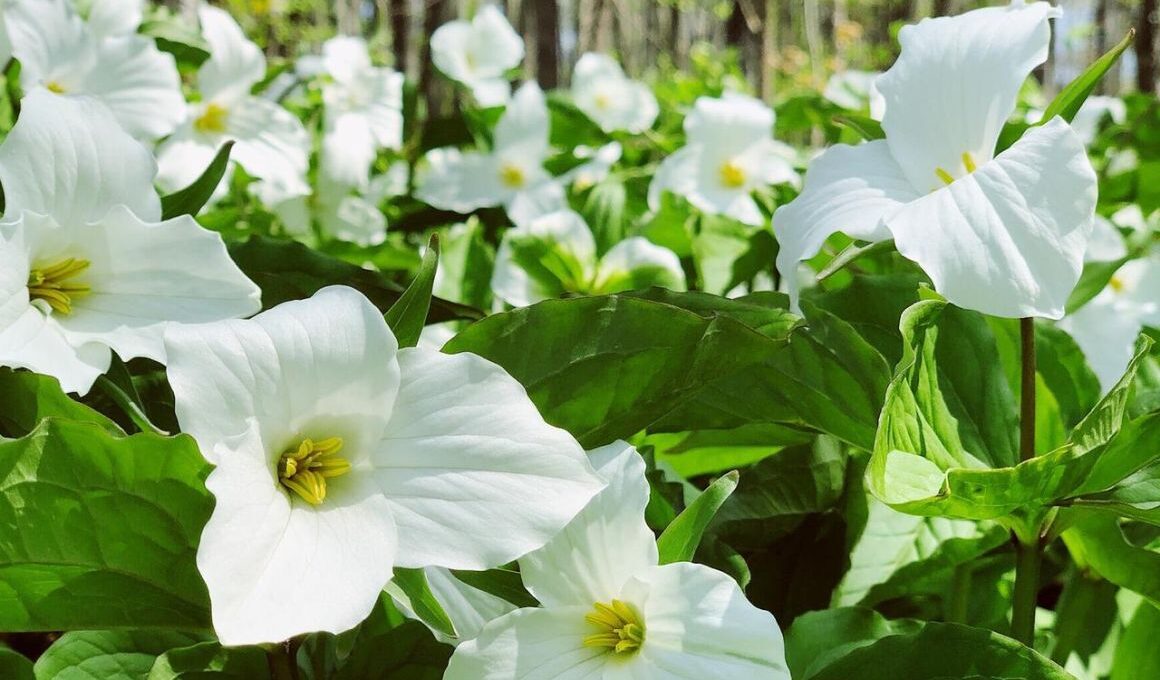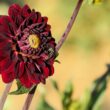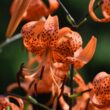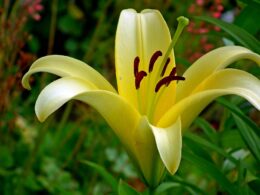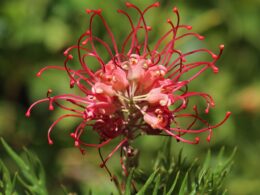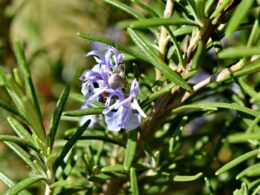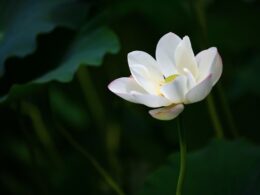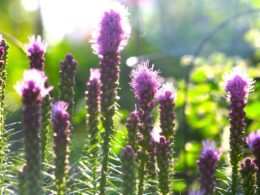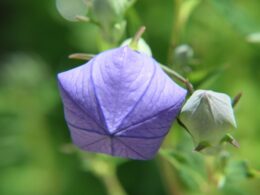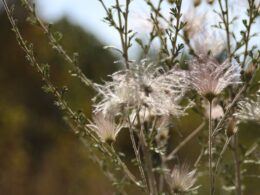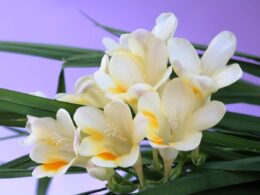In this post, we’ll provide you with a guide to identifying trillium flower, as well as some care tips to help you keep it looking beautiful. Thanks for reading!
Trillium Flower – Morphology
The Trillium flower is a beautiful three-petaled plant that blooms in the early spring. The petals are usually white, but can also be pink, purple, or yellow. The center of the flower contains a greenish-yellow structure called the ovary, which houses the plant’s reproductive organs. The trillium gets its name from the Latin word for “three,” because of the three petals and three sepals that surround the ovary. The trillium flower is also known for its mottled coloring, which can range from white to pink to purple.
The trillium flower is pollinated by bees, flies, and other insects that are attracted to its nectar. The scientific name of the trillium flower is Trillium grandiflorum. The common name of this flower is red trillium, wake Robin, or stinking Willie.
Species of Trillium Genus
The genus Trillium is monophyletic and contains closely related trillium species: Trillium erectum, Trillium grandiflorum, Trillium recurvatum and Sessile trillium. These species are distinguished from each other by a combination of flower characters. The flowers of trillium are large and generally white, although T. erectum flowers are sometimes pinkish.
The white petals and sepals are usually equal in size and shape, although the petals of T. recurvatum are somewhat larger than the sepals. The flowers are borne on a stalk (peduncle) that arises from the center of a whorl of three solid green leaves.
The leaves of trillium plants are large, and arranged in a whorl of three at the top of the plant. The leaves are typically green, although some T. erectum plants have dark maroon leaves. The leaf blades are usually lanceolate to ovate in shape, with smooth margins.
Trillium Flower – Habitat & History
The trillium flower is native to North America. It is found in the woodlands in the eastern United States and Canada. The trillium is the official flower of the province of Ontario, Canada.
The trillium has been used medicinally by Native Americans for centuries. The roots and leaves were boiled to make a tea that was used to treat fevers, colds, and headaches. The flower was also used as a poultice to heal wounds. Today, the trillium flower is still used in some traditional medicines.
These white flowers are a beautiful addition to any garden. They are easy to grow and care for, and it will add a touch of beauty to any landscape.
Trillium Flower – Growing Tips
Trillium flower is a perennial herb that grows from a rhizome. It is a beautiful and unique plant that can add a touch of elegance to any garden. They are relatively easy to grow and care for, but there are a few things you should know before you get started. Here are some tips on growing Trilliums:
- Choose the right location. Trilliums need a location that is shady and moist. They will not do well in direct sunlight or in excessively dry conditions.
- Prepare the soil. Trilliums prefer a humus-rich, well-drained soil. Amend the soil with organic matter if necessary to improve drainage.
- Plant the bulbs in the fall, about 6 inches deep and 12 inches apart.
- Water regularly. Trillium flowers need to be kept moist at all times. Water them regularly, especially during dry spells.
- Feed the plants with a balanced fertilizer monthly during the growing season.
- Deadhead the flowers. Remove the spent flowers to keep the plants looking tidy and to encourage further blooming.
- Divide the plants every few years. Trillium flowers will gradually spread over time. Dig up the clumps and divide them every few years to prevent them from getting too large.
With a little care, these white trillium flowers will thrive in your garden and provide you with years of beauty.
Trilliums – Propagation
There are two ways to propagate trilliums: by seed or by division. Propagating by seed is the most difficult and unpredictable method, as it can take several years for the seeds to germinate. And even then, there’s no guarantee that the resulting plant will be true to the parent. For these reasons, division is generally the preferred method of propagation.
To divide trilliums, simply dig up the plant and carefully pull it apart into smaller pieces, making sure that each piece has at least one bud. Replant the divided plants immediately, keeping them moist until they become established.
Trillium Wildflower – Diseases and Pests
Diseases and pests are a major problem for trillium flowers. Common diseases include powdery mildew, rust, and leaf spot. Common pests include aphids, caterpillars, and mites. These concerns can seriously damage the plant and reduce its ability to produce flowers. Ants are also a big problem, as they can spread diseases and pests to other parts of the plant.
Lastly, we have some interesting facts about these flowers:
- Trillium is rhizomatous, meaning it spreads via underground stems.
- The flowers of some species are fragrant, while others have no scent.
- The fruit of trillium is a fleshy red berry that is eaten by birds and other animals.
What do you think about these spring wildflowers? Would you like to have a trillium flower in your garden?





